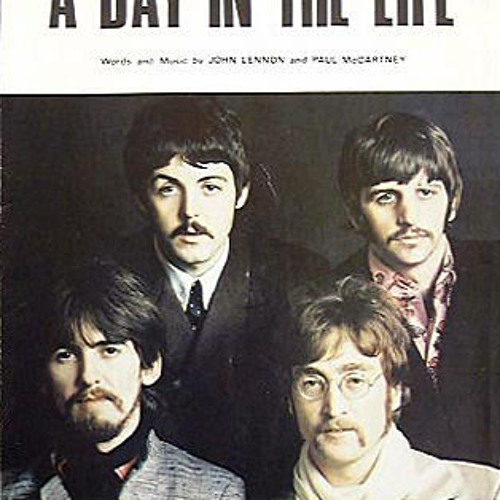
About the Song
A haunting masterpiece that captured a generation’s confusion, brilliance, and awakening—all in one final chord.
Among the most daring and unforgettable songs The Beatles ever recorded, “A Day in the Life” stands as the sweeping finale to their groundbreaking 1967 album, Sgt. Pepper’s Lonely Hearts Club Band. More than just a song, it’s a sonic journey—a fragmented reflection of modern life, stitched together by two of the most visionary minds in music: John Lennon and Paul McCartney.
The track begins with John’s dreamy vocals, drawn from newspaper headlines and existential musings. “I read the news today, oh boy…”—that opening line alone feels like the curtain rising on something larger than music. It’s melancholic, detached, eerie, and yet achingly beautiful. Lennon’s verses confront the numbness of everyday tragedies with a surreal calm, turning the ordinary into something almost sacred in its sorrow.
Then, just when the listener is suspended in that weightless sadness, the song shifts.
Paul McCartney’s bright, upbeat interlude—describing a rushed morning commute and spilled coffee—feels like a jolt back to reality. It’s the mundane crashing into the profound. The contrast between Lennon’s introspection and McCartney’s daily routine forms the backbone of the song’s genius: life as a series of disconnected but meaningful moments.
The orchestral crescendos—chaotic, explosive, and utterly groundbreaking for 1967—bridge these two worlds until it all collapses into the most famous piano chord in music history: an E major chord that lingers, decays, and echoes like the end of a dream.
Produced by George Martin, this track pushed the boundaries of what pop music could be. It wasn’t just a song—it was an artistic statement, a reflection of the world’s confusion and awakening in the late 1960s.
“A Day in the Life” wasn’t written to be a hit. It was written to mean something. And more than 50 years later, it still does.